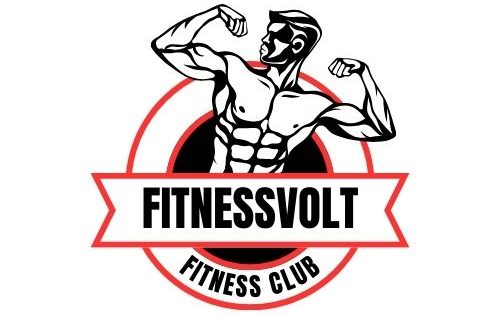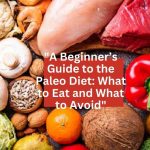Sodium is an important mineral in the body, functioning to help maintain fluid balance and blood pressure, but like anything too much of it can be a bad thing. A typical diet these days is filled with more sodium than our bodies actually need and it even results in several health problems. And here comes the low sodium diet in a simple, yet powerful, way to cut down on salt and enhance overall health.
This Guide reviews what the low-sodium diet involves, its pros and cons, and how to follow it in your everyday life.
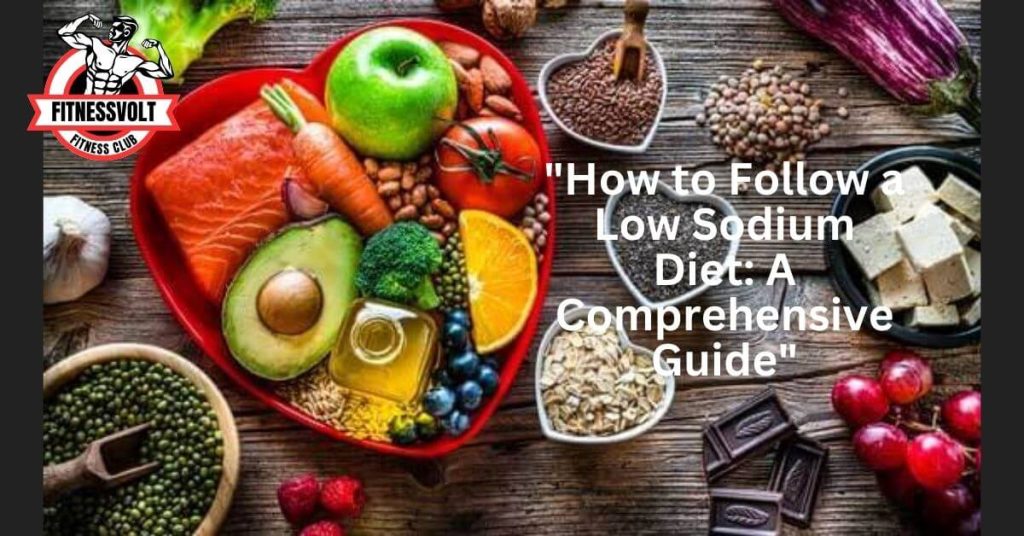
What is a Low Sodium Diet?
A low-sodium diet means more than eliminating the salt shaker from your table. It also means paying attention to how sodium is used in processing foods and selecting these with care for what you eat. The general suggestion for the amount of sodium per day is set at fewer than 2,300 milligrams or about one teaspoon of salt. But if you have certain health concerns like high blood pressure, your doctor may suggest consuming no more than 1,500 milligrams per day.
Instead, the average American consumes 3,400 milligrams or more per day through processed products and restaurant food. In general, a low-sodium diet means eating fresh, whole foods and using herbs and spices to leave your taste buds satisfied without the need for salt
The Science Behind Sodium and Health
Sodium plays an essential role in retaining fluid balance, nerve function and muscle contraction must be maintained by sodium. However an overabundance of salt can cause water to be held (which increases blood volume), increasing pressure on the cardiovascular system.
Excess Sodium and Health Risks:
- Hypertension: High sodium consumption is linked to this common and major risk for heart diseases and strokes.
- Heart Disease: Too much sodium can cause damage to blood vessels, leading to atherosclerosis (or hardening of the arteries) and thereby the risk for heart attacks.
- Kidney Damage: Too much sodium can actually cause damage to blood vessels, leading to atherosclerosis (or hardening of the arteries) and thereby the risk for heart attacks.
Benefits of a Low Sodium Diet
Reducing sodium intake can have profound health benefits:
1. Reduced Risk of Hypertension: It helps control hypertension by reducing the sodium in your diet, which is integral to heart disease and stroke prevention.
2. Improved Heart Health: Because it helps control hypertension by reducing the sodium in your diet, which is integral to heart disease and stroke prevention.
3. Kidney Protection: Because it helps control hypertension by reducing the sodium in your diet, which is integral to heart disease and stroke prevention.
4. Lower Risk of Stroke and Other Cardiovascular Diseases: In controlling blood pressure and promoting cardiovascular health, a diet low in salt can decrease the risk of stroke and other similar problems as well.
Potential Challenges and Considerations
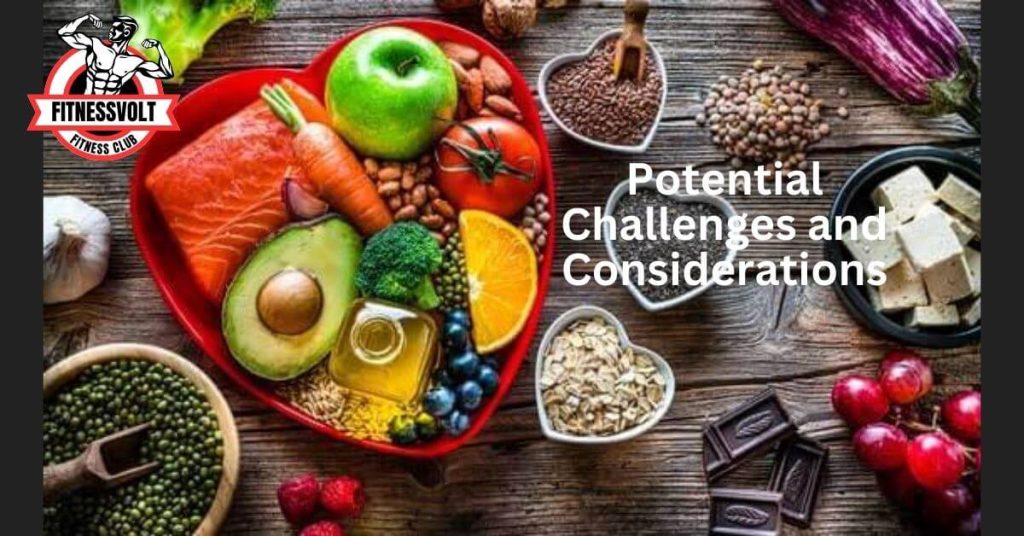
Adopting a low-sodium diet requires some adjustments:
1. Understanding Hidden Sources of Sodium: The thing is, people are surprised to learn that sodium hides in foods they would never associate with high levels of salt (bread, soups, and sauces). The key is learning to recognize these sources.
2. Adjusting Taste Preferences: If you are fond of salty foods, the transition to a low sodium diet can be a bit difficult in the beginning since it replaces the recipe flavors based on your taste preference. Pretty soon, your taste buds will change and you will instead begin to savor the true flavors of foods.
3. Balancing Sodium Intake with Nutrient Needs: Cutting back on sodium is crucial, but it’s equally important to make sure we aren’t skimping out on other essential nutrients (e.g. potassium helps maintain sodium balance)
4. Social and Cultural Factors: A lot of our social gatherings and cultural foods are high in sodium and what makes a low-sodium diet difficult is that the sodium adds up from many, seemingly small sources over our entire eating life.
What to Eat on a Low-Sodium Diet
The trick to a low-sodium diet is sticking to foods that are naturally low in sodium.
Approved Foods List:
- Fresh Fruits and Vegetables: Naturally low in sodium, they are also rich in essential nutrients like potassium, fiber, and vitamins.
- Whole Grains: Opt for brown rice, quinoa, or whole-wheat pasta as they have no sodium.
- Lean Proteins: Choose lean proteins such as fresh poultry, fish, and plant-based proteins like beans and lentils instead of processed meats.
- Low Sodium Alternatives: There are many ways to flavor your food without salt. Use herbs, spices, lemon juice, and vinegar to add flavor without adding sodium.
Foods to Avoid:
- Processed and Packaged Foods: These are usually high in sodium due to the need for preservation or as a taste enhancement.
- Cured and Smoked Meats: Bacon, ham, sausage, and other processed meats are often filled with sodium.
- High-Sodium Snacks: Potato chips, pretzels, and salted nuts
- Condiments and Sauces: Keep an eye on regular soy sauce, ketchup, salad dressings, and other condiments as they can be high in sodium or sugar opt for reduced- or low-sodium varieties, or make your own.
Low Sodium Diet for Different Health Goals
That low-sodium diet can be custom-made for a specific health condition:
1. Low Sodium Diet for Hypertension: The focus is primarily on reducing blood pressure by decreasing the sodium content of our diet, which in turn helps prevent the associated complications with hypertension.
2. Low Sodium Diet for Heart Disease: By cutting back on sodium, you can take some of the stress off your heart, help with blood flow and defend against heart attacks and heart failure.
3. Low Sodium Diet for Kidney Disease: Kidney Disease and Low Sodium Diet that can prevent kidneys from failing early?
Strategies for Reducing Sodium Intake
Here are some practical tips to help you stick to a low-sodium diet:
1. Reading Food Labels and Understanding Sodium Content: How to Read Food Labels and Know How Much Sodium is in a Product it-verify. Select brands that are low in sodium or have no salt added and try to choose products with 140mg of sodium or less per serving.
2. Cooking Techniques for Low Sodium Meals: How to Cook a Low Sodium Meal: Home-cooked meals can save you a lot of sodium. Use Whole Foods – stimulate all five senses Begin by experimenting with fresh ingredients to give your body good fuel Herbs, spices & citrus are a fab way of creating new flavor profiles
3. Tips for Eating Out on a Low Sodium Diet: Request for meals to be cooked without salt, pick grilled or steamed over fried dishes, and forego any sauces or dressings.
4. How to Gradually Reduce Sodium Intake: If you are one of those who have a high sodium diet, reduce your intake step by step. You will get used to it over time and find that you PREFER not having all the added salt.
Meal Planning and Preparation
Following a low-sodium diet can be easier with good meal preparation, along these lines:
How to Create Balanced Low-Sodium Meals:
- Breakfast: Begin your day with oatmeal as opposed to sugar or salt, yet best it with some new organic products and a touch of cinnamon.
- Lunch: A quinoa veggie bowl with avocado citrus tahini dressing.
- Dinner: Choose small broiled chicken breast with steamed broccoli and whole grain brown rice, flavored with garlic and spices.
- Snacks: Fresh fruit, unsalted nuts, and raw vegetables with hummus are great low-sodium snacks.
Sample One-Week Low Sodium Diet Meal Plan:
- Monday: Greek yogurt with berries and flaxseeds for breakfast; a whole grain wrap with turkey, avocado, and spinach for lunch; salmon baked with quinoa and asparagus.
- Tuesday: Banana and spinach smoothie (breakfast), lentil soup with whole-grain bread (lunch), tofu stir-fry made with brown rice and mixed veggies.
- Wednesday: Scrambled eggs with tomatoes and spinach (breakfast) Chicken salad with mixed greens and a lemon vinaigrette (lunch) Grilled pork tenderloin with sweet potato and green beans
Repeat this process throughout the week, eating fresh, whole foods that contain a minimal amount of sodium naturally.
Common Myths About Sodium and Health
Let’s debunk some common myths about sodium:
Myth 1: Sodium Is Something Only for Senior Citizens to Worry About For sure, senior citizens are at risk, but this problem is also widespread among young people because it leads to high blood pressure and other health problems.
Myth 2: Sea Salt Table Salt: Sea salt and table salt are both about 40% sodium by weight There is no difference in sodium intake regardless of the kind of salt you are eating.
Myth 3: Low Sodium Diets Have No Flavor — In actuality, low-sodium dishes can be just as tasty as their high-salt counterparts with the right herbs and spices (and cooking processes).
Adapting the Low Sodium Diet to Modern Life
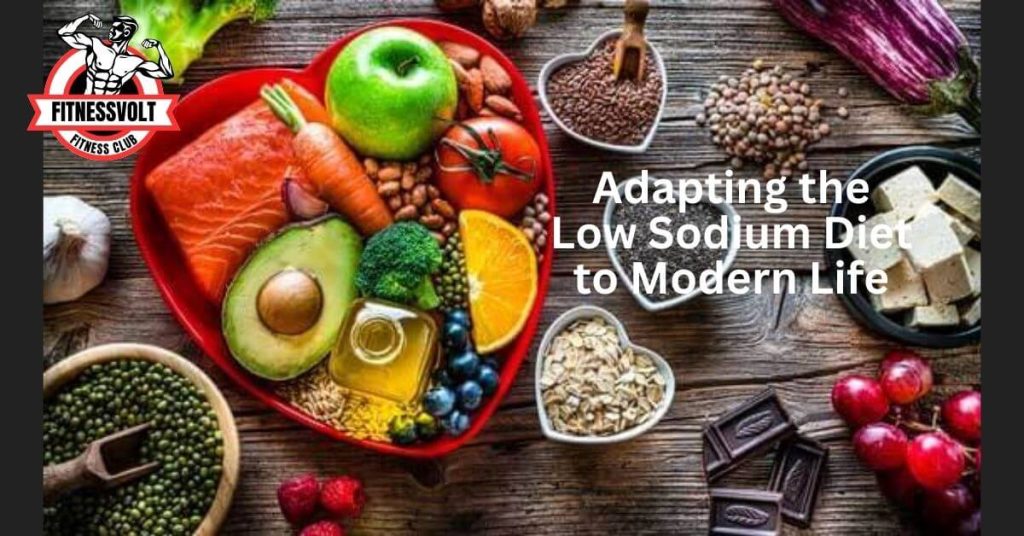
Here’s how to make a low-sodium diet work in your everyday life:
1. How to Eat Low Sodium on a Budget: Buy Fresh, In-Season Produce (as often as you can), try to buy in bulk and from larger stores for your significant staples. It is also cheaper than eating out so you save money!
2. Low Sodium Diet for Busy Lifestyles: Prepare meals ahead of time to save time and guaranteed low-sodium options for when you are rushing around.
3. Considering Family Preferences: If your family doesn’t want to cut back on salt, try making changes at the table such as using less salt in cooking or healthier low-sodium alternative products.
Low Sodium Diet for Special Populations
The low-sodium diet can be adapted for various groups:
1. Low Sodium Diet for Kids: Well, as much as possible, they also need to watch their salt (or sodium) intake- even when they are children –to prevent hypertension later in life. Instead, eat more whole foods and less processed snacks.
2. Athletes lose sodium when they sweat, so they can require more extra sodium than the average person but not to have too much of it. More important: Include more than sodium, also include potassium and magnesium
3. Pregnant to Lose Weight: Be Alert for High Blood Pressure As said earlier, low salt consumption is also useful in controlling blood pressure as well as avoiding events like preeclampsia.
Monitoring Your Progress
Tracking your progress is key to successfully following a low-sodium diet:
1. Monitor Blood Pressure and Other Health Markers: Keep tabs on blood pressure, weight, or other health markers to see how your diet is affecting your body.
2. Evaluate if Your Taste Buds are Adapting: Take note of whether you are growing to enjoy this monotonous eating and assess the sustainability in a long-term sense.
3. Changing of Sodium: If you feel better or worse, you will need more or less salt for your cooking, with the help of healthcare professionals.
Conclusion
So, a low-sodium diet is an effective weapon to enhance the functions of the human heart and lower blood pressure in those who have this condition and all other chronic diseases. When you eat real, whole foods and build in a sodium control system, you can be well on your way to good health. The low-sodium diet, like any dietary change, should be approached with caution as what works for one person may not work for another and it is important to consult a healthcare professional. And with the correct attitude, cutting sodium can contribute to a healthier, zestier life.
